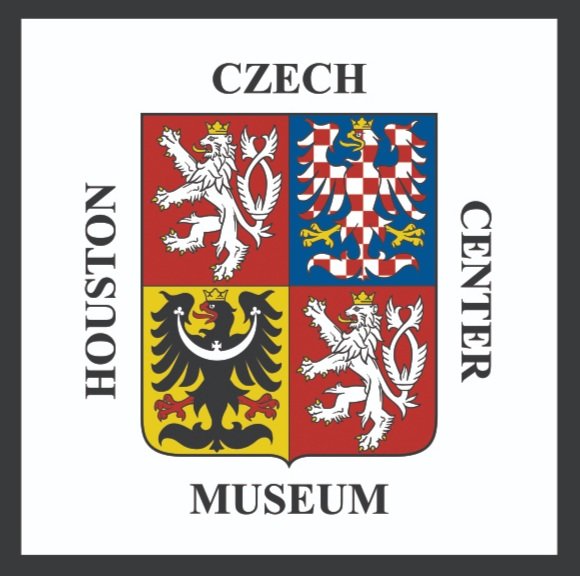When thinking about European coffee, images of the Parisians and Viennese often come to the forefront of the public’s minds. The Parisians have their coffee and the Czech capital of Prague is much more publicly kindred with beer. Many never realized that coffeehouses in Prague had a significant societal impact. With the shift of Prague from a provincial town within the Habsburg monarchy to a European metropolis in the second half of the nineteenth century, coffeehouses became a new hub for social life. Prague began to advance and modernize, and thus urbanization meant that its resident’s societal social structure and needs changed forever. Men gathered to discuss ideas, and business, and catch up with friends. Women had to fight for their space in public society, but ultimately coffee shops became “something of a forge for female emancipation in Prague” (Eriksröd-Burger, 2022).
Gabriel (?) Max (1840-1915): Kavárna u nádraží [Café by the station] (1860), contemporary book illustration. Public domain, via Wikimedia Commons, CC0 1.0
Coffeehouses created a space for entertainment and consumption in an ever-growing new consumer society. They also relieved people who might have financial difficulties and struggling due to the city’s housing shortages by offering a place to stay, eat, and warm up in the relatively cheap form of buying a coffee. For the price of a cup, status was disregarded, and anyone could stay for an amount of time. With the emergence of coffee and coffee houses, a new form of social gathering was created which was then able to be utilized by women to push forward and create a space for them in these new circles. Traditions were shifting, and new gender expectations and norms could be created. The women in Prague did not let this opportunity go wasted. At first, women held “coffee parties” in their private homes during the day, and special visiting rooms were furnished for this purpose. Coffee could be seen as controversial because coffee has always been associated with a vice. Coffee was an expense of time and money, and women could be accused of indecent desire to drink coffee. The association of prostitution aided this, as brothels often connected themselves to coffeehouses. Women alone would be tolerated, but not respected and often dismissed as a mistress.
Café Louvre. Franz Burger (2018), CC BY-SA 4.0
This changed massively during the turn of the century with the Bohemian women’s movement victoriously asserted its right to entertainment. Some pioneers in the coffee houses included intellectuals such as Berta Fanta (1865-1918) who moved her literary and philosophical salon into the Café Louvre. This became known as the “Louvre Circle” and included notable members Albert Einstein and Max Brod. (Burger, 2020). The café, which still exists today, was referred to as a “stirrup for women’s emancipation in Prague” by Hartmut Binder. The elite Czech-speaking women had been there since the beginning of the 20th century, and female artists, writers, and actresses were among the first guests. Coffee houses since their establishment have been magnets for artists and art appreciators and with this new space, a creative outpouring flourished. Czech artists found stimulation and productivity never before seen and an incredibly original period of creativity.
Written by: Logan Schoening
Citations
Cafe Louvre (Est. 1902) – Historic Cafes Route, historiccafesroute.com/cafe-louvre/. Accessed 6 June 2024.
www.kulturforum.info/de/kk-magazin/8117-maetresse-pionierin-cafetiere-frauen-in-den-prager-kaffeehaeusern-um-1900?fbclid=IwAR05anzGqJxCCjNPlOZ1zg04rg3Iz3gfGb0OGhI7lUzWhPLQYi9koe6yq0M. Accessed 6 June 2024.
“Prague Coffeehouse Culture around 1900.” Copernico. Geschichte Und Kulturelles Erbe Im Östlichen Europa, www.copernico.eu/en/articles/prague-coffeehouse-culture-around-1900#literature. Accessed 6 June 2024.



